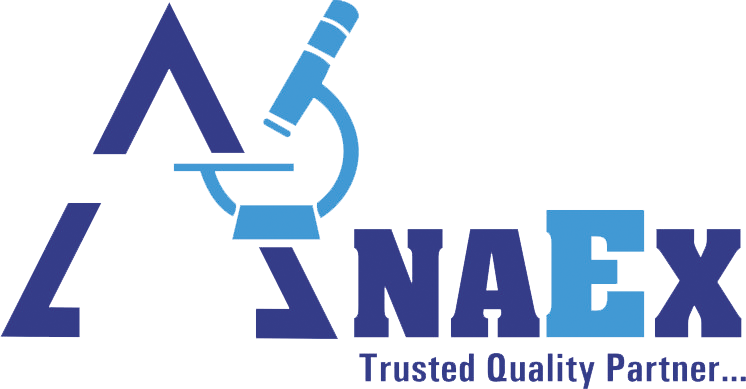Services
Our Services
QMS and vendor audit support
- Support to perform third party vendor audit and compliance report preparation
- Support to identify unknown contamination and to prepare scientific report.
- SOP, GTP, Specifications and STP preparation and review
QMS and vendor audit support
Quality Management System (QMS) Support
Supporting Quality Management Systems (QMS) and conducting vendor audits are critical components of maintaining compliance, quality, and efficiency in laboratory operations. Here’s how to effectively manage both aspects:
QMS Framework Development:
Define Policies and Procedures: Establish clear guidelines that outline quality objectives, processes, and responsibilities.
Document Control: Implement a system for managing documents, including version control, accessibility, and approval processes.
Training and Awareness:
Employee Training: Conduct regular training sessions on QMS principles and practices to ensure everyone understands their roles.
Awareness Programs: Promote a culture of quality through workshops and communications about QMS importance.
Continuous Improvement:
Internal Audits: Schedule regular audits to assess compliance with QMS standards and identify areas for improvement.
Corrective Actions: Establish procedures for addressing non-conformities and implementing corrective actions.
Metrics and Monitoring:
Performance Indicators: Define key performance indicators (KPIs) to monitor QMS effectiveness.
Feedback Mechanisms: Use surveys or feedback forms to gather insights from employees on QMS processes.
Regulatory Compliance:
Stay Updated: Keep abreast of relevant regulations (e.g., ISO standards, GLP, GMP) to ensure QMS alignment.
Audit Readiness: Prepare documentation and processes for external audits to demonstrate compliance.
Vendor Audit Support
By establishing a robust QMS and conducting thorough vendor audits, you can enhance product quality, ensure compliance, and foster strong relationships with suppliers.
Tools and Resources
-
Audit Management Software
Use software to streamline the audit process, including planning, execution, and reporting.
-
Training Resources
Utilize online courses and workshops focused on QMS principles and vendor management.
-
Collaboration Tools
Implement tools like Microsoft Teams or Slack for effective communication among teams involved in QMS and vendor audits.
